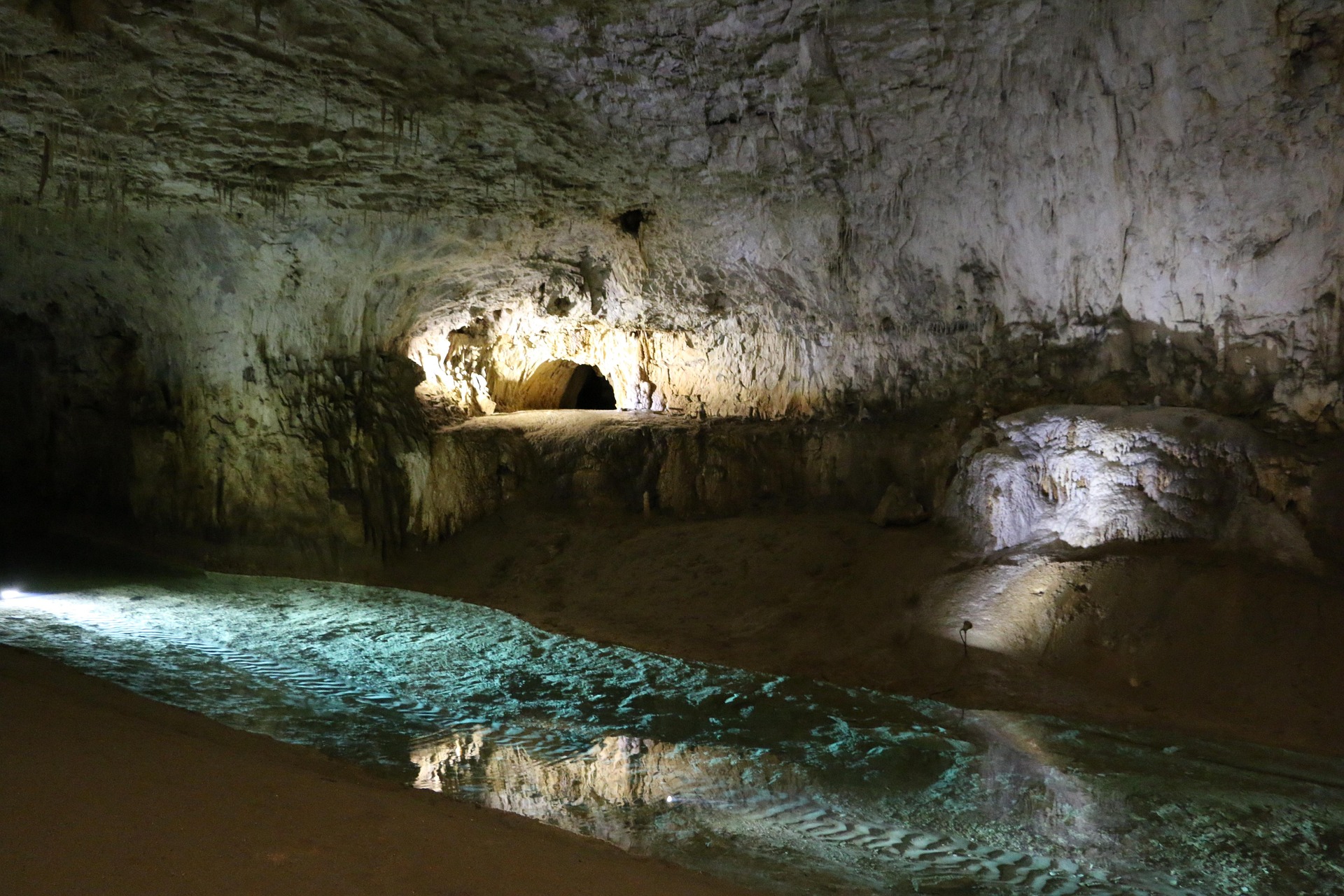Subterranean Sojourns: Unveiling the Hidden World of Cave Tourism
Delve into the mysterious realm of cave tourism, an emerging trend captivating adventurers worldwide. This unique form of exploration offers travelers a chance to witness nature's hidden masterpieces, from sprawling underground chambers to intricate rock formations shaped over millennia. As we journey through the earth's subterranean wonders, discover how this niche travel experience is redefining adventure tourism and providing a fresh perspective on our planet's geological marvels.

A Journey Through Time
Caves have long held a fascination for humans, serving as shelters, spiritual sites, and sources of scientific discovery. The modern era of cave tourism can be traced back to the early 19th century when Mammoth Cave in Kentucky began offering guided tours. Since then, the industry has evolved significantly, with advances in lighting, safety equipment, and geological understanding making previously inaccessible caverns available to the public. Today, cave tourism spans the globe, from the ice caves of Iceland to the underwater cenotes of Mexico’s Yucatan Peninsula.
The Rise of Sustainable Speleotourism
As interest in cave exploration grows, so does the need for responsible tourism practices. Many cave systems are fragile ecosystems, home to unique flora and fauna adapted to life in darkness. Sustainable speleotourism focuses on minimizing human impact while maximizing educational and conservation opportunities. This approach includes limiting visitor numbers, implementing strict lighting and touching protocols, and investing in visitor education. The Unesco World Heritage-listed Škocjan Caves in Slovenia exemplify this balance, offering immersive tours while prioritizing the preservation of their delicate karst ecosystem.
Beyond the Surface: Unique Cave Experiences
Cave tourism is no longer limited to simple walking tours. Adventure seekers can now engage in a variety of subterranean activities, each offering a distinct perspective on these underground realms. Cave diving allows explorers to navigate flooded passages, revealing hidden chambers and prehistoric artifacts. In contrast, spelunking expeditions challenge visitors with tight crawls and vertical descents, providing a more intimate connection with the cave environment. For those seeking a more relaxed experience, some caves offer concerts or dining experiences, utilizing the unique acoustics and atmosphere of these natural cathedrals.
The Science of Speleotourism
The growing popularity of cave tourism has also sparked increased scientific interest in these underground environments. Researchers are studying the impact of human visitation on cave ecosystems, developing new technologies for cave mapping and exploration, and uncovering insights into climate change through the study of cave formations. This intersection of tourism and science not only enhances our understanding of these complex systems but also provides visitors with deeper, more meaningful experiences as they explore the subterranean world.
Illuminating Facts for Cave Explorers
-
The world’s largest cave, Son Doong in Vietnam, is so vast it contains its own river, jungle, and climate
-
Caves maintain a constant temperature year-round, making them popular destinations in extreme weather
-
The oldest known cave paintings, found in Indonesia, date back over 44,000 years
-
Some caves, like Mexico’s Cave of Crystals, contain formations so large and delicate that human access is severely restricted
-
Bats in Bracken Cave, Texas, eat up to 200 tons of insects nightly, playing a crucial role in pest control
As we emerge from the depths of Earth’s hidden realms, it’s clear that cave tourism offers more than just a novel travel experience. It provides a unique lens through which to view our planet’s history, geology, and the delicate balance of life that exists even in the darkest corners. By fostering a deep appreciation for these underground wonders, speleotourism not only satisfies our innate curiosity but also encourages a broader understanding of conservation and the interconnectedness of Earth’s ecosystems. As this niche continues to evolve, it promises to unveil even more of our planet’s subterranean secrets, inviting travelers to become part of the ongoing story of discovery and preservation.





